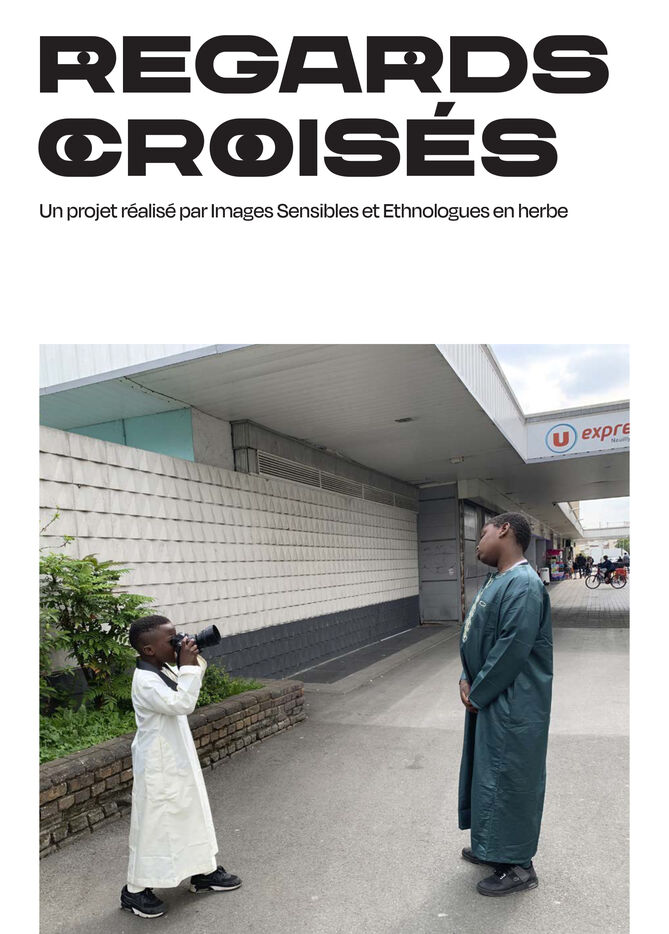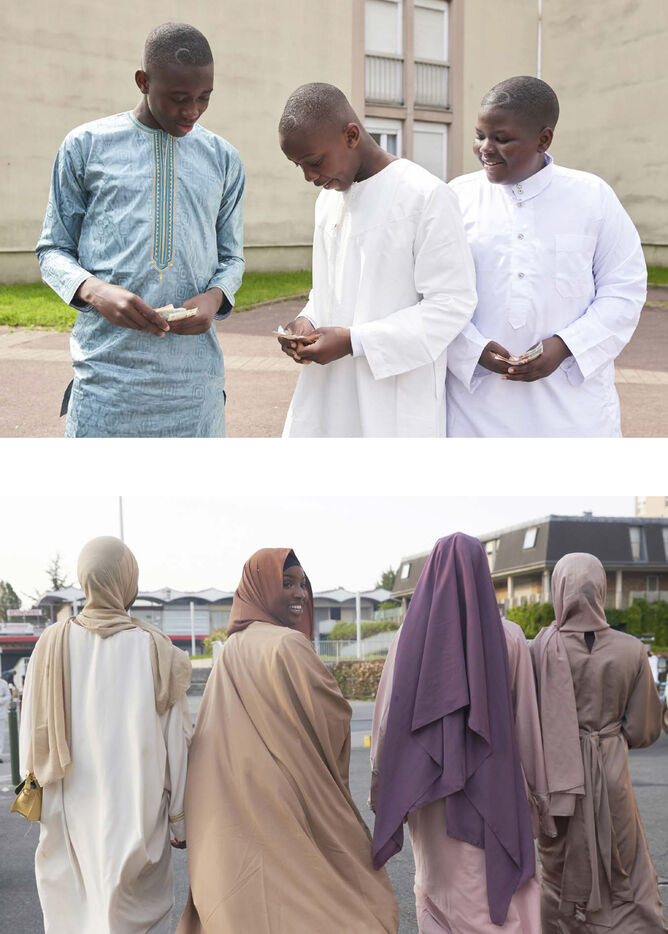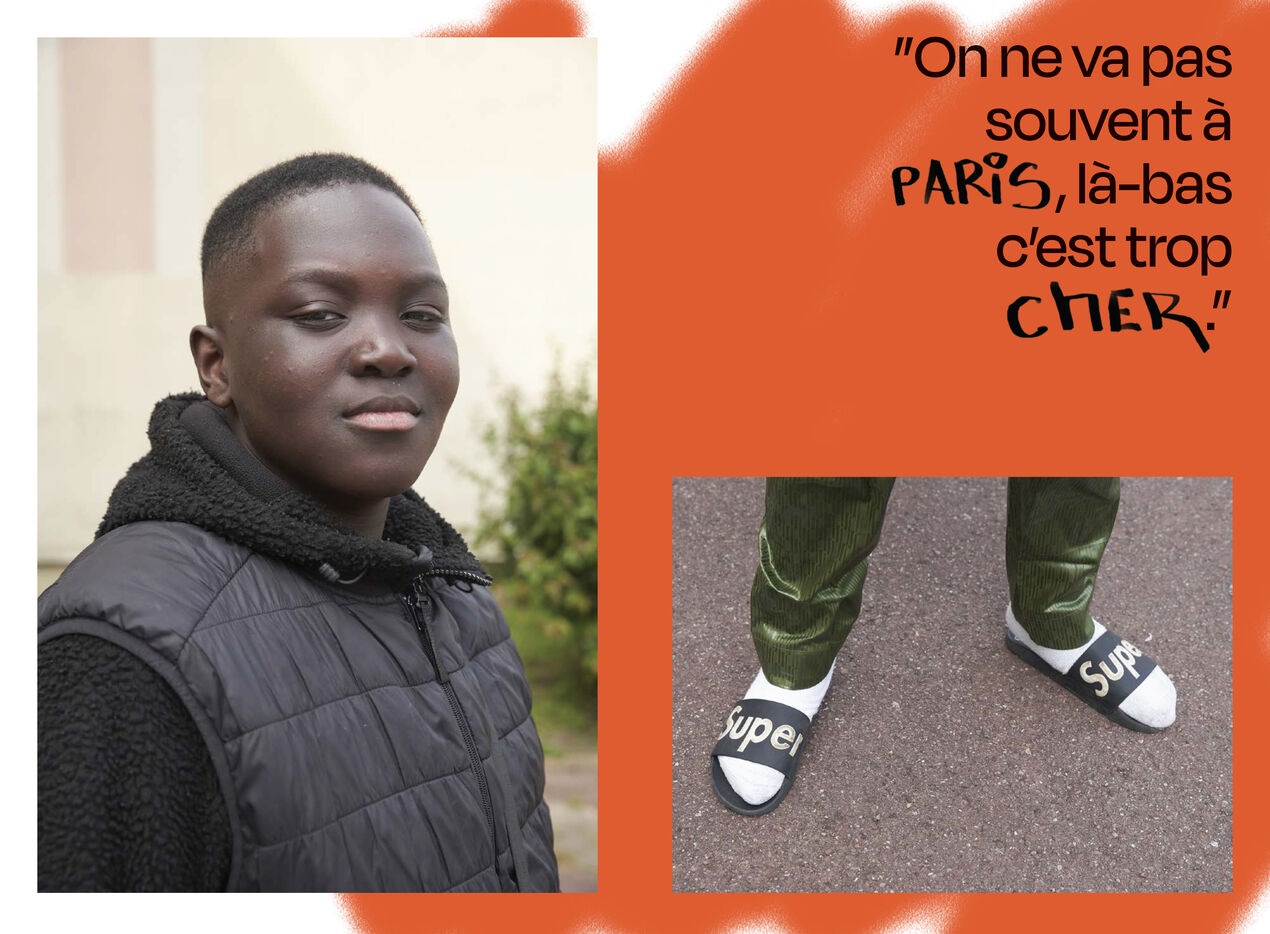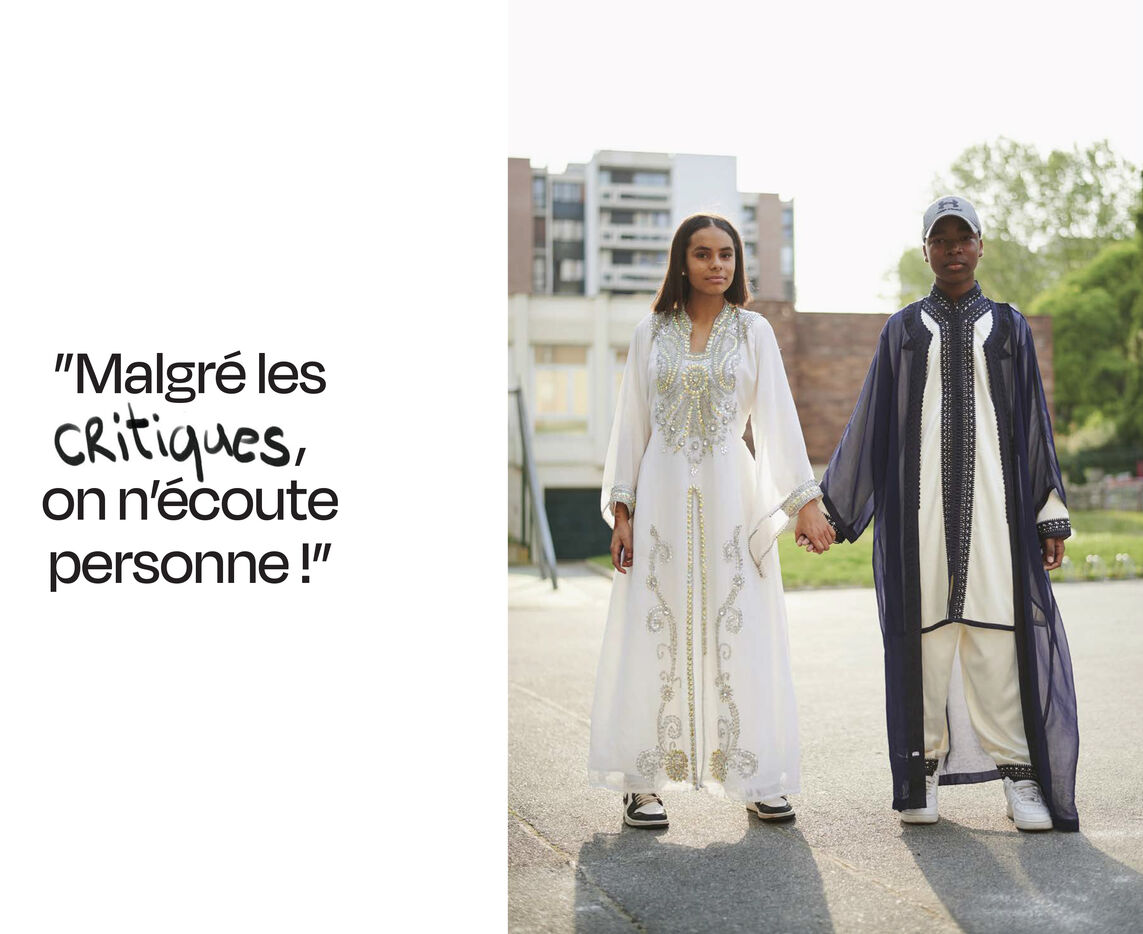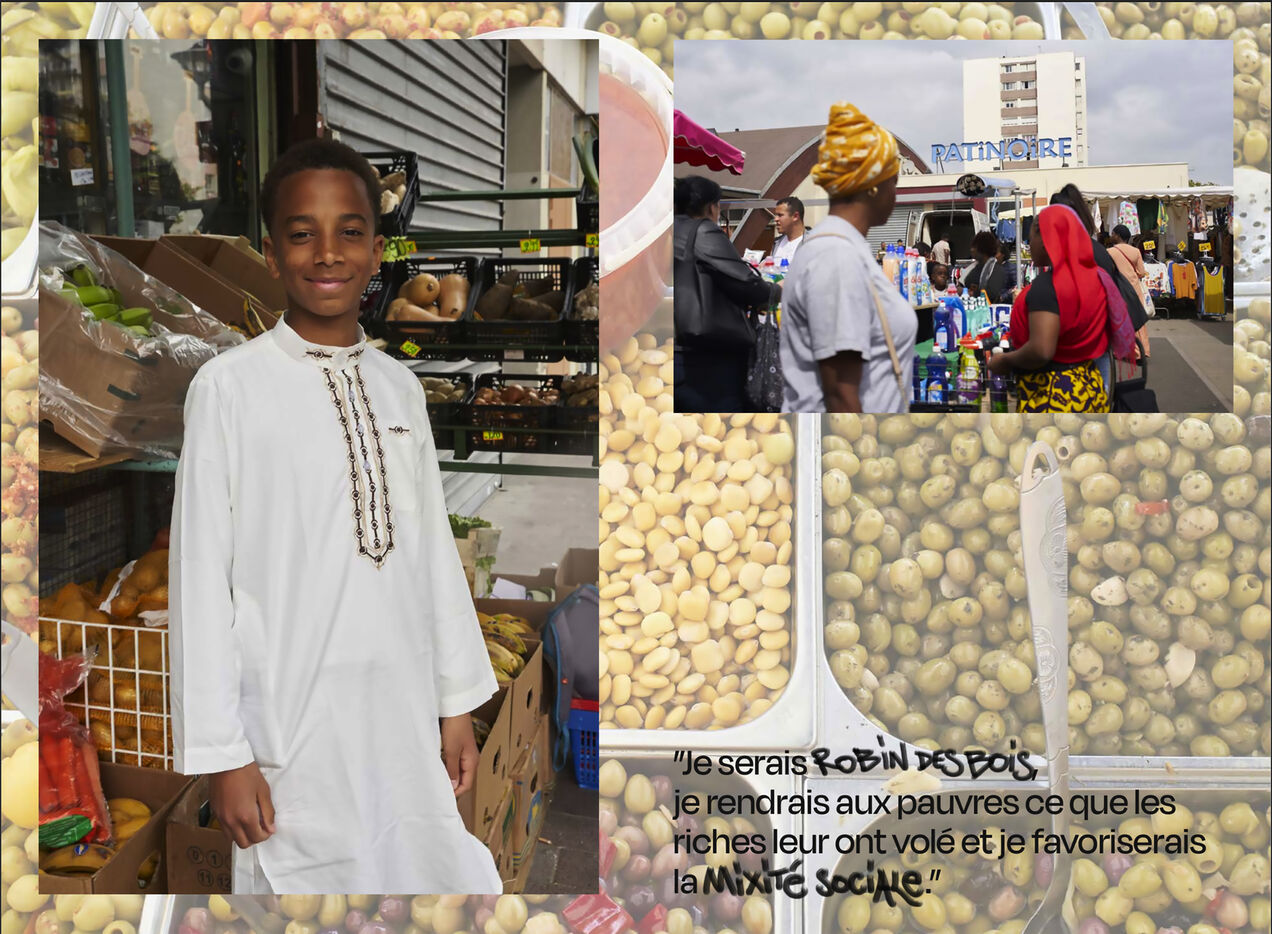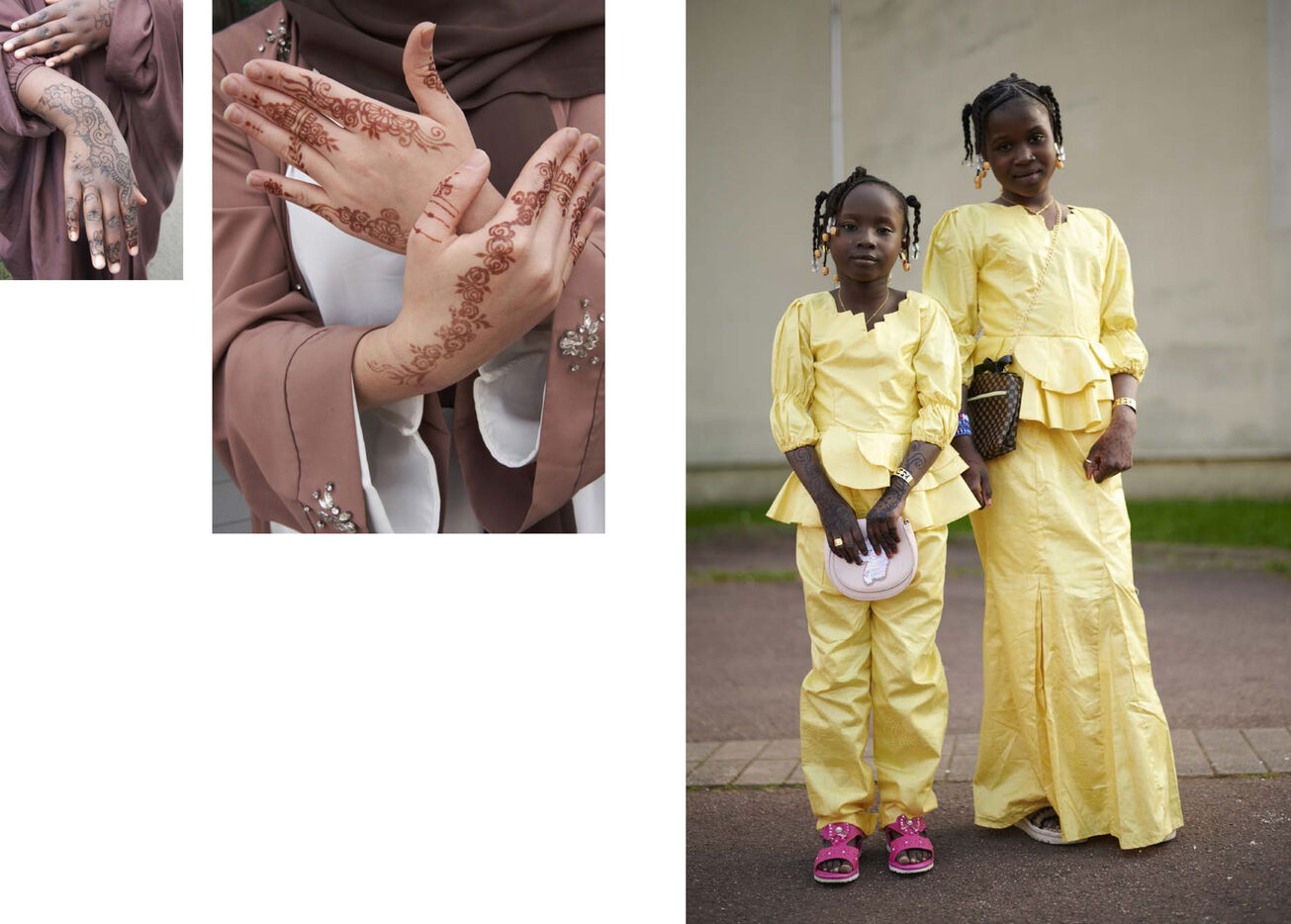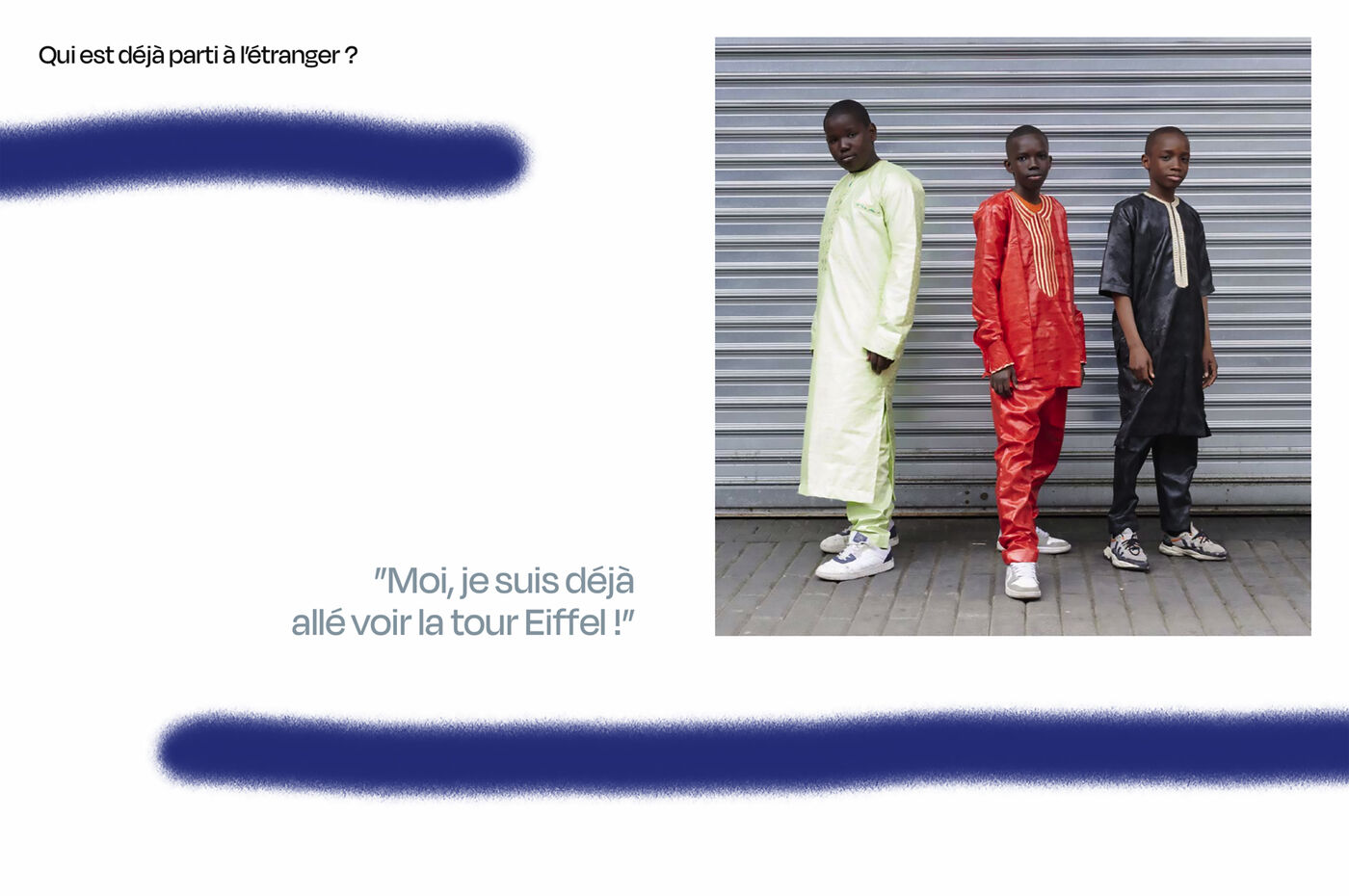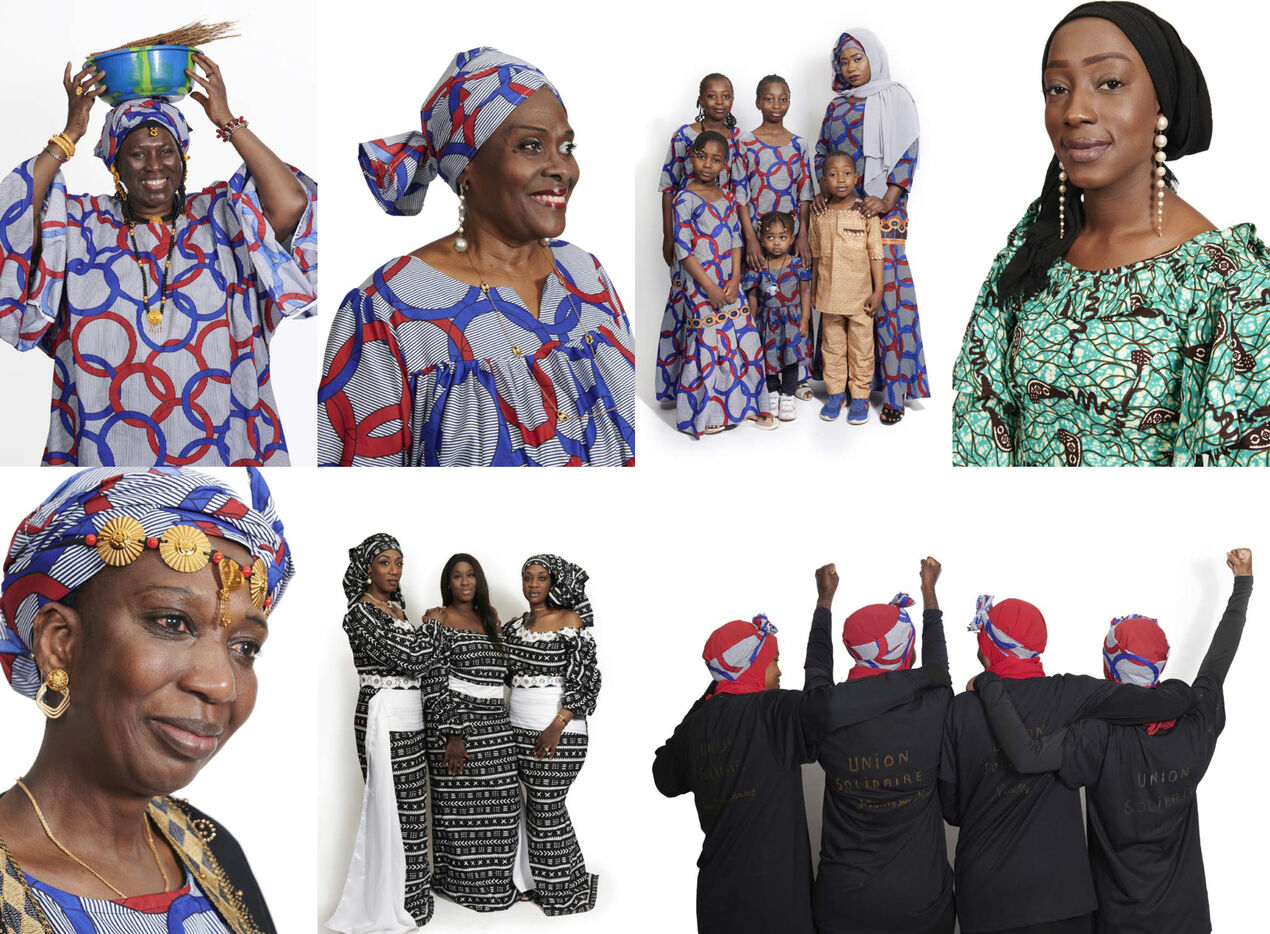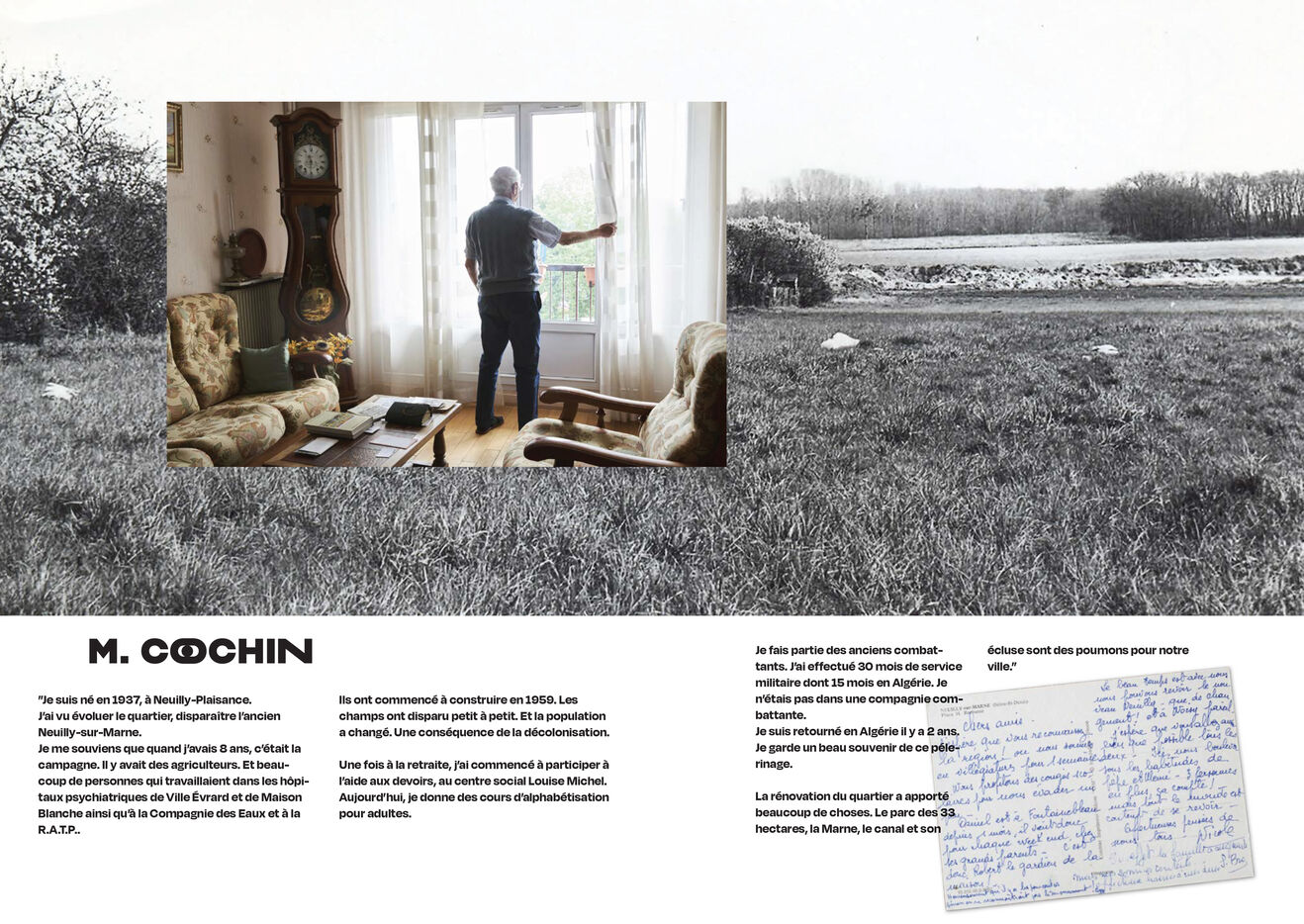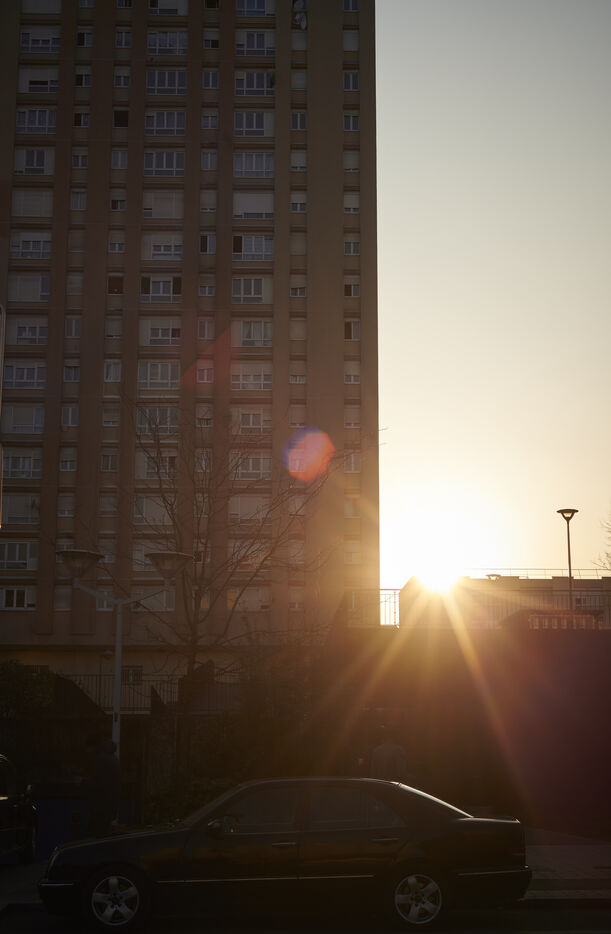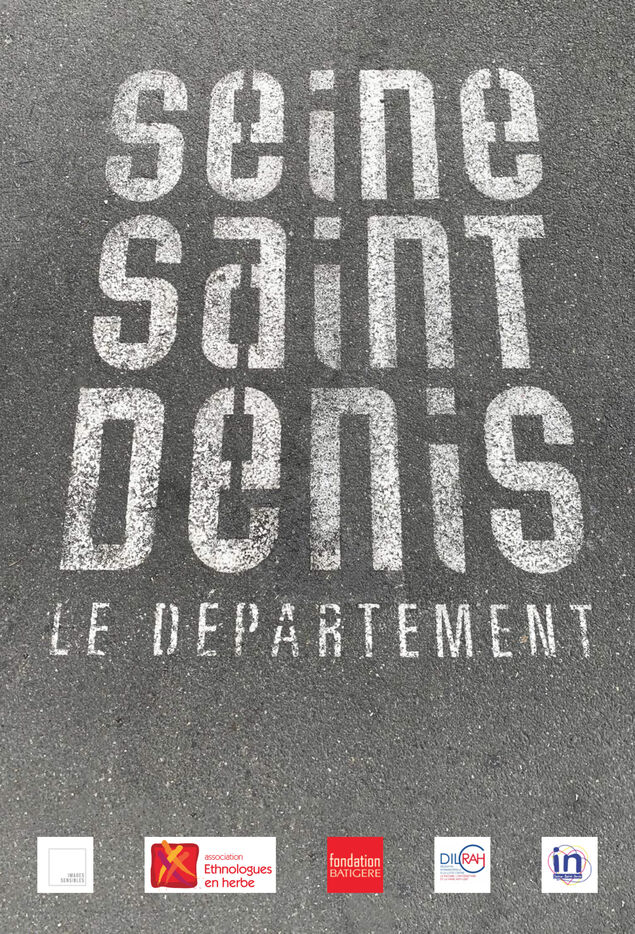Regards croisés
Qu'est-ce qui fait une ville ? Un quartier ?
Son histoire, ses bâtiments, ses habitant.e.s ?
Regards Croisés est un projet né de ces interrogations et de la collaboration entre les photographes Caterina Suzzi et Emmanuelle Foussat (Images Sensibles) et l'association "Ethnologues en herbe" dans le quartier du Val Coteau (les Fauvettes) à Neuilly-Sur-Marne.
Dans le cadre de la rénovation du Grand Paris, ce territoire à l'histoire longue et particulièrement riche se prêtait à notre double approche, artistique et sociologique. Tandis que la photographie permettait de s'approprier le quartier, de mettre en forme des idées et des sentiments, l'ethnologie se penchait sur les liens entre territoire et idéntite, dans une perspective historique et intergénérationnelle, afin de mettre en parallèle des histoires individuelles et celle d'une ville en pleine mutation.
Les ateliers menés avec des enfants, les entretiens avec les nocéen.ne.s et les nombreuses rencontres faites sur place ont permis de donner naissance à ce fanzine.
Il nous invite à une balade au sein de ce quartier, entre reportage photo, images d'archives et témoignages, afin de le (re)découvrir au travers de nos regards croisés.
Regards croisés: a sociological and photographic survey in Neuilly-sur-Marne
What makes a city? A district?
Its history, its buildings, its inhabitants?
Regards Croisés is a project born of these questions and of the collaboration between the photographers Caterina Suzzi and Emmanuelle Foussat (Images Sensibles) and the association "Ethnologues en herbe" in the Val Coteau (Fauvettes) district of Neuilly-Sur-Marne.
In the context of the renovation of the Grand Paris, this area with its long and particularly rich history lent itself to our dual approach, artistic and sociological. While photography allowed us to appropriate the neighbourhood, to give form to ideas and feelings, ethnology looked at the links between territory and identity,
The workshops with the children, the teachers and the students, and with the local community, were all part of the project.
The workshops conducted with children, the discussions with the inhabitants of Nocée and the numerous encounters made on the spot gave birth to this fanzine.
It invites us to take a stroll through this neighbourhood, between photo reports, archive images and testimonies, in order to (re)discover it through our crossed viewpoints.
